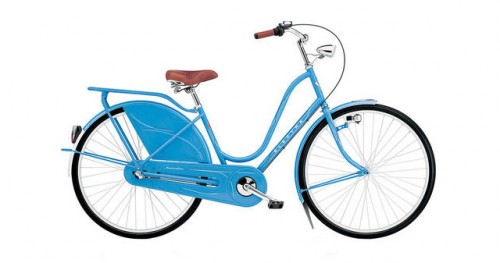The Red Hook Houses are without power and running water. Donations are being accepted at PS 32, on Hoyt Street between Union and President.
Donations of bottled water, paper towels, and toilet paper. are needed.
The Red Hook Houses are without power and running water. Donations are being accepted at PS 32, on Hoyt Street between Union and President.
Donations of bottled water, paper towels, and toilet paper. are needed.
 We’ve learned during the after-Sandy that New York is a shadow of itself without our magnificent subway system. We’ve also learned that cars are not the answer. What with gas shortages and gridlock insanity.
We’ve learned during the after-Sandy that New York is a shadow of itself without our magnificent subway system. We’ve also learned that cars are not the answer. What with gas shortages and gridlock insanity.
Will Sandy be a wake-up call about bikes and limited access to NYC by cars? I think that would be a good thing.
When Bloomberg said three to a car on bridges and tunnels, I remembered CONGESTION PRICING.
A lot of people I know are taking a good long look at their bikes. Suddenly bikes are the solution to getting around in a city with a limited subway system. Sure, it’s not for everyone, not everyone can ride a bike. But those who can should do so.
Remember the transit strike?
Eric McClure of Park Slope Neighbors wrote in today about the morning commute: “There are lots of people riding bikes today who have happy stories about their commutes.”
And Kerry, an OTBKB reader wrote: “I decided to bike from Williamsburg to Mid-town. I had a ton of company and it was actually kind of nice to commute among fellow bikers and walkers. Everyone was kind to each other and we all got a little sunshine on our faces. Hang in there everyone!”
Ah, what we know now. Going forward, we’ll have D-cells and flashlights, our Go Bags will be poised at the front door, and our bikes will be ready for action (tires full, well-maintained, keys for the locks).
Our bikes can get us where we need to be.
Oh Superstorm Sandy.
First we were curious with a dash of anticipatory anxiety. There was panic, of course, but also excitement as we obssesively prepared for the hurricane (it was a hurricane then) on Saturday, Sunday and much of Monday.
Bottled water. Go bags. Batteries. Flashlights.
We didn’t know what to expect. Denial led some people not to heed evacuation orders. Memories of Irene made some dubious about dire warnings.
Then there was shock as we watched Manhattan go dark, Breezy Point burn, Lower East Side transformers explode and millions go without electricity and water. For the first hour or so we wondered if we were next. So we waited tremulously. But then the worst of it passed as gusty winds and rain continued through the night.
At dawn, we weren’t sure what we would see by the light of day.
Then there was the relief. At least here in Park Slope where we dodged Sandy’s bullet for the most part. We felt grateful and lucky not to be without power and water.
However, the devastation in other parts of the City and State pained us. We stared at the TV all day taking in the scope of it.
As each day passed, we learned of losses related to Sandy and began to mourn. Jacob, a 24-year-old son of Park Slope died during the storm with his friend, Jessie. There were more than forty deaths in NYC alone.
As we wandered around the Slope we saw trees down, long lines at the bank, queues at the grocery stores and gas stations. Seventh Avenue was crowded with children unable to go to school, adults unable to go to work.
By Thursday, as the city tried to get back to normal, subway service was extremely spotty and there was no easy way to commute to Manhattan jobs from Brooklyn. Long lines formed for Bus Bridges, available at Atlantic Center and elsewhere, a way for Brooklynites to get to a working subway in Manhattan. Crossing on bridges and tunnels is limited to those with at least three to a car.
Waking Thursday morning, news helicopters were hovering above, reporting on the morning commute. That was this morning’s story. As the day progressed the need for gas became a new narrative.
Now, the longevity of the aftermath is getting on everyone’s nerves. People nearby in Red Hook, Staten Island and elsewhere are without power and water. The suffering continues.
How long will this go on? Will the gas lines get shorter, will the subway work again, will the tunnels ever dry? When oh when will our city get back to normal.